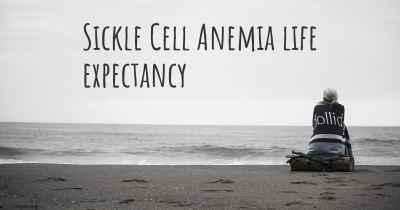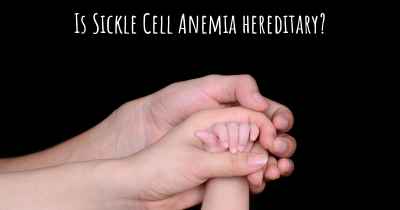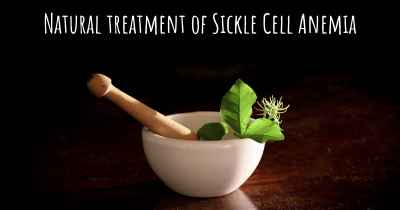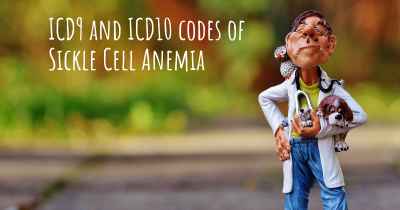Which are the causes of Sickle Cell Anemia?
See some of the causes of Sickle Cell Anemia according to people who have experience in Sickle Cell Anemia
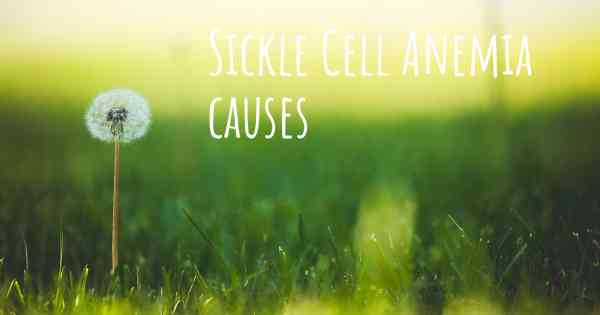
Sickle Cell Anemia is a genetic disorder characterized by abnormal hemoglobin, a protein responsible for carrying oxygen in red blood cells. This condition primarily affects individuals of African, Mediterranean, Middle Eastern, and Indian descent. Sickle Cell Anemia is caused by a mutation in the gene that instructs the body to produce hemoglobin, resulting in the production of abnormal hemoglobin known as hemoglobin S.
The main cause of Sickle Cell Anemia is a genetic mutation. The mutation occurs in the HBB gene, which provides instructions for making the beta-globin protein, a crucial component of hemoglobin. Hemoglobin is responsible for binding to oxygen in the lungs and transporting it to various tissues and organs throughout the body. In individuals with Sickle Cell Anemia, the mutation causes the production of abnormal hemoglobin S, which leads to the characteristic sickle-shaped red blood cells.
The specific genetic mutation responsible for Sickle Cell Anemia is known as a point mutation. This means that a single nucleotide in the DNA sequence of the HBB gene is altered. The mutation replaces the normal adenine (A) nucleotide with thymine (T), resulting in a change from the amino acid glutamic acid to valine in the beta-globin protein. This alteration in the protein structure causes the red blood cells to become rigid and assume a sickle shape under certain conditions.
Sickle Cell Anemia is an autosomal recessive disorder. This means that an individual must inherit two copies of the mutated gene (one from each parent) to develop the condition. If an individual inherits only one copy of the mutated gene, they will have the sickle cell trait but not the full-blown disease. However, carriers of the sickle cell trait can pass the mutated gene to their offspring, increasing the risk of Sickle Cell Anemia in future generations.
The geographical distribution of Sickle Cell Anemia is linked to regions where malaria is or was prevalent. The same genetic mutation that causes Sickle Cell Anemia also provides some protection against malaria. Individuals who carry one copy of the mutated gene have an increased resistance to malaria, which may explain why the mutation has persisted in certain populations. However, when two carriers of the sickle cell trait have children together, there is a 25% chance that each child will inherit two copies of the mutated gene, resulting in Sickle Cell Anemia.
While the underlying cause of Sickle Cell Anemia is genetic, the symptoms and complications of the disease are primarily due to the abnormal shape of the red blood cells. The sickle-shaped cells can become stuck in small blood vessels, leading to reduced blood flow and oxygen delivery to various organs and tissues. This can result in episodes of severe pain, known as sickle cell crises, as well as organ damage and increased susceptibility to infections.
In conclusion, Sickle Cell Anemia is caused by a genetic mutation in the HBB gene, resulting in the production of abnormal hemoglobin S. The mutation is inherited in an autosomal recessive manner and is more prevalent in populations historically exposed to malaria. The abnormal shape of the red blood cells is responsible for the symptoms and complications associated with the disease. Ongoing research aims to develop better treatments and potential cures for this inherited blood disorder.
